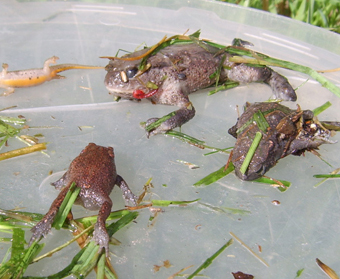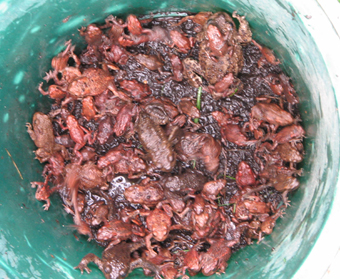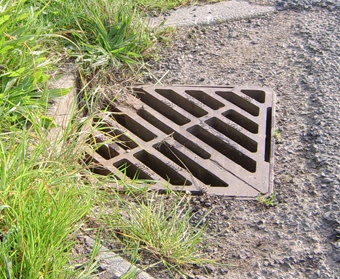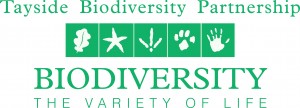
Amphibians in Drains Project Proposal
Over 2008 and 2009, anecdotal evidence collated by Rangers working in East & Highland Perthshire, and by Tayside Contracts staff undertaking routine drain maintenance suggested that a significant number of drain gully pots contained trapped amphibians – mainly toads, but also frogs and even the occasional newt – and small mammals. It has been suggested that a more robust study to ascertain the scale of this problem is required. This proposal will be supported by the Tayside Biodiversity Partnership’s Water & Wetlands sub-group and will be listed as a project in the Tayside Biodiversity Action Plan.
Project Aims:
- To estimate the number of drains that may be affected
- To estimate the number of amphibians (& mammals) that may be trapped
- To record species of amphibian (& mammals) affected
- To correlate drain design and number and species of amphibian trapped
- To identify other contributory features (such as proximity of drain to other habitat areas)


Survey technique/ methodology:
Within defined criteria (an initial health & safety check, checking line of sight on road, average traffic speed along length of road, etc), a number of roadside drains will be selected and checked regularly throughout spring and autumn. The design, number of animals trapped (amphibian & mammal) and other details will be noted in the table below. Rangers must wear high visibility jackets and protective gloves at all times. Warning signage will be erected in front of & behind van (with flashing hazards). A net will be provided for amphibian rescue. See attached risk assessment.
Results:
Results will be compiled that identify species affected, numbers affected and whether particular designs of gullies seem to have greater problem than others. It is hoped that on the basis of this, it may be possible to target future work, using best practice from other areas to trial methods for reducing amphibian loss in gullies. Information will be shared locally through the Tayside Biodiversity Partnership as well as nationally through the Amphibian and Reptile Groups & the Mammal Society.
Further Details:
If you would like further details about the project, please contact Daniele Muir at DMuir@pkc.gov.uk

